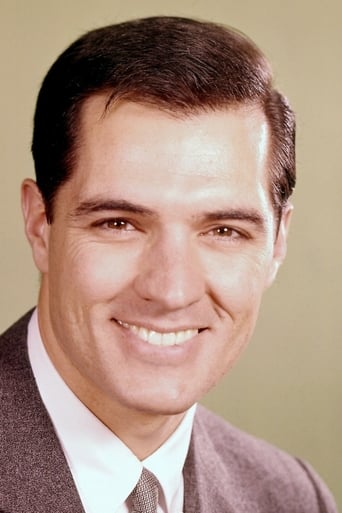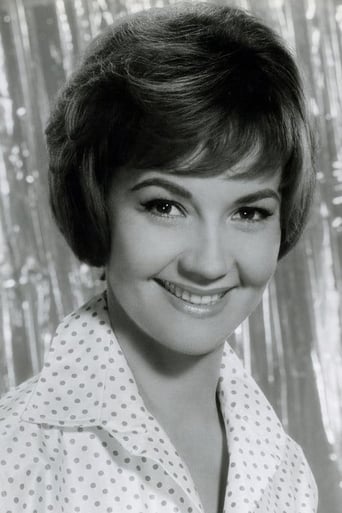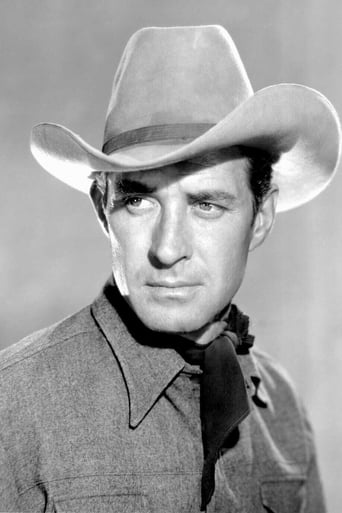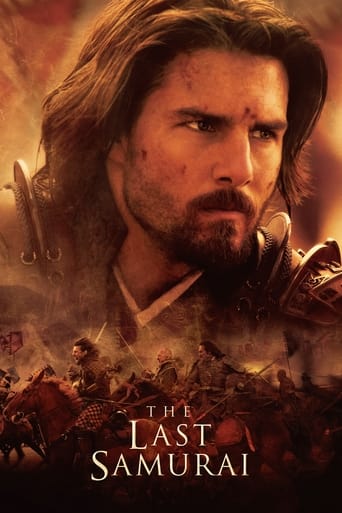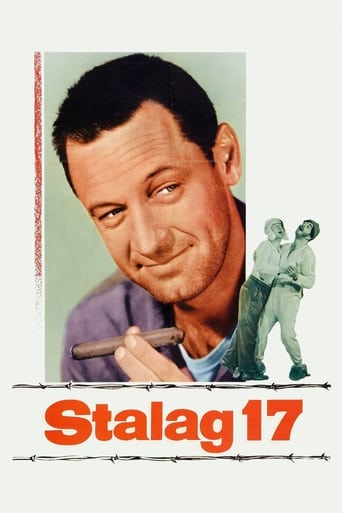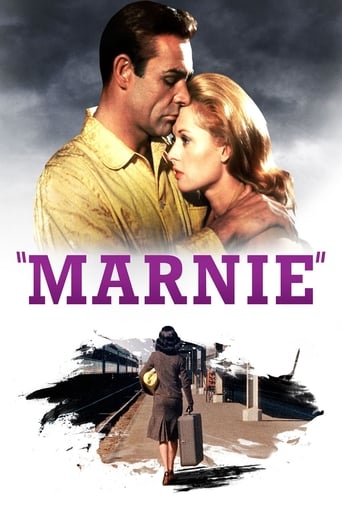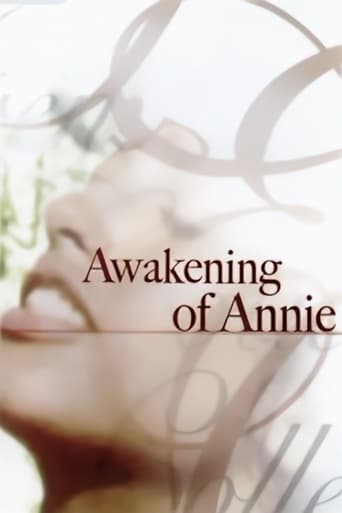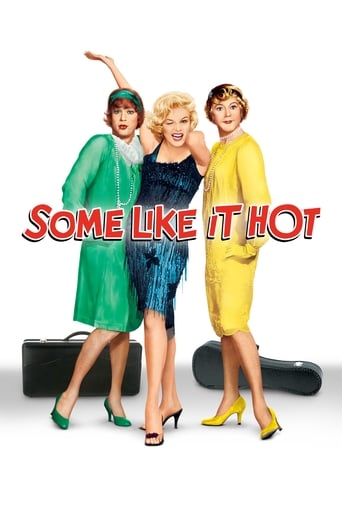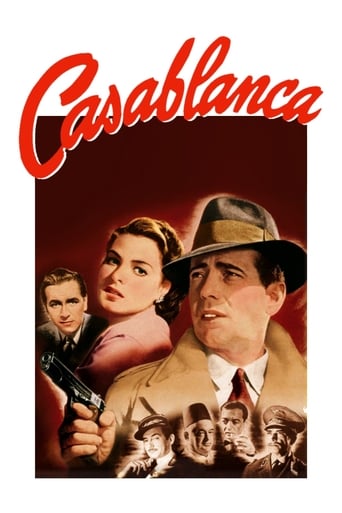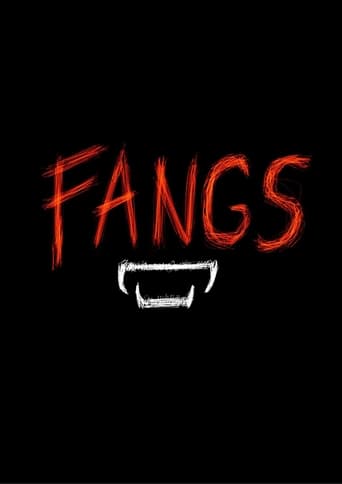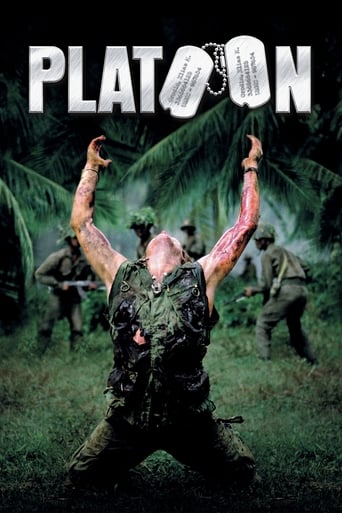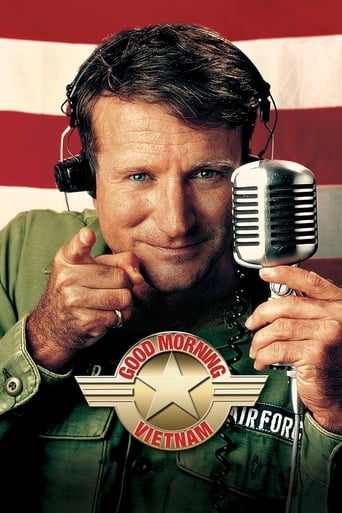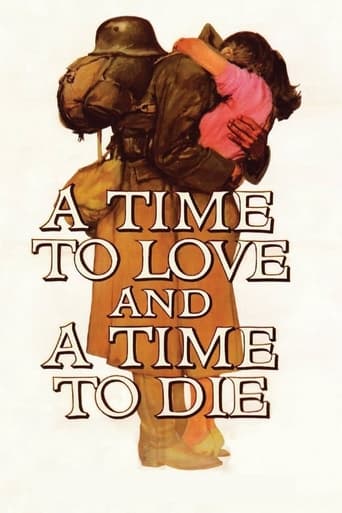
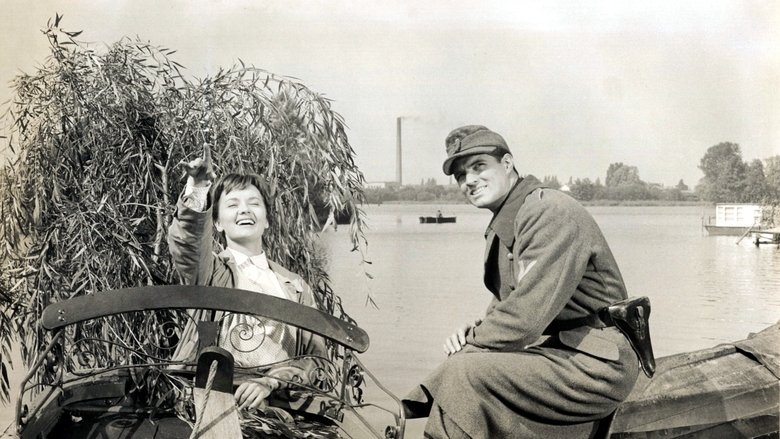
A Time to Love and a Time to Die (1958)
A German soldier home on leave falls in love with a girl, then returns to World War II.
Watch Trailer
Cast


Similar titles
Reviews
The fact that you DO notice the length is indicative that this isn't top-drawer Sirk. It followed on the heels of The Tarnished Angels, another downbeat story contrasting with the largely upbeat fodder that brought belated recognition to Sirk late in his career. The Tarnished Angels was adapted from a novel (Pylon) by William Faulkner and shot in black and white. A Time To Love is adapted from a novel by Erich Maria Remarque (who also plays a supporting role) and is filmed in color so muted that it may as well be black and white. The two leads were relatively unknown in terms of the big screen; John Gavin was never much of an actor but his good lucks ensured a regular supply of television work whilst Lilo Pulver had a long and successful career in German-language films but did appear in Billy Wilder's One, Two, Three, shot as the Berlin wall was being erected. The story is slight but none the worse for that and it's certainly watchable.
Melodrama maestro, Douglas Sirk, ditches the Technicolor gaudiness of his 1950s weepies for romance set against the grim backdrop of death and destruction with "A Time To Love And A Time To Die". Yes, many of Sirk's familiar touches are here. But this is not a carbon copy of his hit soap operas. This film is affecting, if overly-long, with two surprisingly good leads in the impossibly handsome John Gavin and the lovely Lilo Pulver. Sirk does gloss up the devastation of war a bit; however, Sirk does allow this movie to have its share of shockingly frank and disturbing moments.John Gavin plays German soldier, Ernst, who returns to his hometown on furlough. What he finds are the tattered remains of his home and goes on a search for his missing parents. During his frantic search, Gavin meets a childhood acquaintance. Among the air raids, bombings and sheer terror, they develop a romance and marry. Knowing that their time together will be short, they milk every moment for what it's worth before inevitable tragedy destroys their romance.Gavin who was cast more frequently for his good looks than his acting chops actually makes a passable lead this time, although his playing a German is a little bit of a stretch. While this is not Douglas Sirk at his finest, it is an interesting project that capitalizes on the popularity of war films while also allowing Sirk to immerse himself in a topic that comes straight from his own past.
I saw this fabulous tear-jerker purely by accident but I don't regret it one bit. In my opinion it's one of the best romantic war films ever made. This is mainly because the fabulous director Douglas Sirk doesn't allow it to become a soppy schmaltz. Also, the film is incredibly moving, especially in a scene at the beginning where a young man, unable to live with the guilt of having shot a woman, shoots himself. John Gavin is good as Ernst Graeber and his beloved is adequately played by Liselotte Pulver, but the most outstanding performance, I think, is by Charles Régnier as Joseph. If more war films were made like this then they would be much, much more watchable. The credit sequence at the beginning of the film is also very well done. Why don't more people know this masterpiece? Enjoy! (and don't forget the Kleenex) 10/10
The films of Douglas Sirk have been variously described as "masterpieces" and "tosh". I think the answer lies somewhere in between. Certainly the series he made at the peak of his career for Universal International in the 'fifties are romantic melodramas of a superior kind. Although photographed in gaudy chocolate-box colours with soundtracks overladen with scores drenched in aural syrup and with sometimes the most outlandish of plots - "Magnificant Obsession" for instance - they have, beneath their surface glitter, a hard edged observation of an affluent American society struggling to come to grips with moral values - "All that Heaven Allows" and "Imitation of Life" are particularly good examples. But, interesting as these film are, it is the odd man out, a film set not in America at all but in Germany and the eastern front in the closing stages of the Second World War, "A Time to Love and a Time to Die", that, in spite of its not inconsiderable unevenness, could well be his most lasting legacy. Its most striking feature is that, notwithstanding its vastly different territory, it remains a Sirk film stylistically. The director almost seems to be signing his signature with the shot of pink blossom against the opening and closing credits. Although the outer sections of a German unit under shellfire on the eastern front are the very stuff of warscape recreation at their near best, it is the long central passage where the young German soldier - surprisingly well played by John Gavin - returns on leave to his heavily bombed town, that is the most Sirkian. Here, between devastating airaids, the hero forms an idyllic romantic attachment to a vaguely remembered friend from childhood followed by a whirlwind courtship. Amazingly for the last night of his leave the couple find, amidst all the devastation, an untouched house for the consumation of their marriage, where they are tended by a kindly frau who brings them a bottle of wine from the cellar. At this point the airaid is only glimpsed through the window. At an earlier point in the leave the couple dine in an unbelievably stylish restaurant, although here at least Sirk has the honesty to interrupt the proceedings with a pretty devastating direct hit which leaves one diner running is a sea of flames. If I have reservations about some of the romantic trappings of the scenes in Germany, I have none about the intense realism of the scenes on the eastern front. Would that the film was all on this level.


